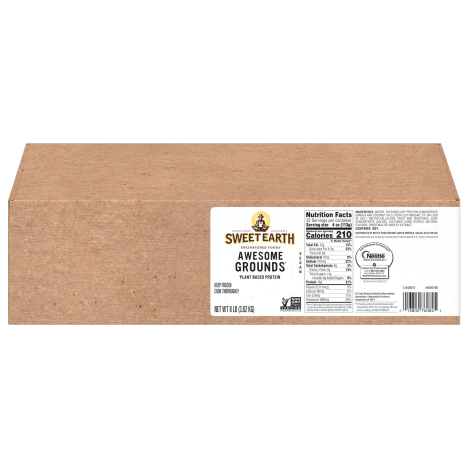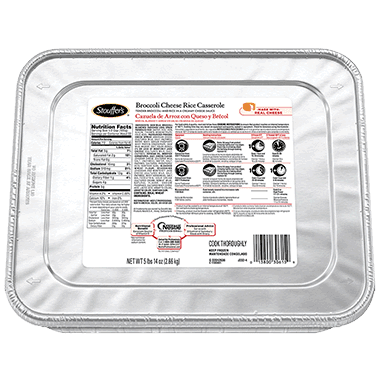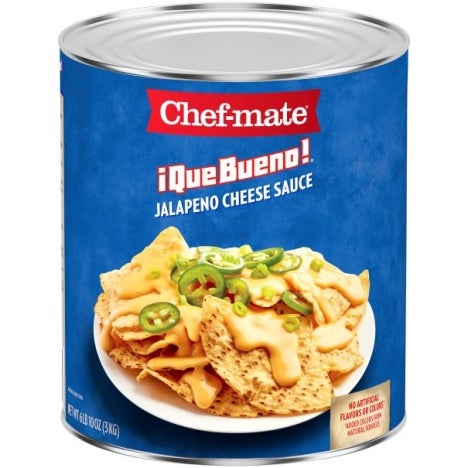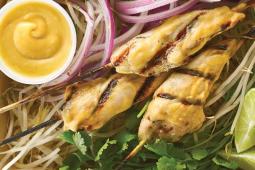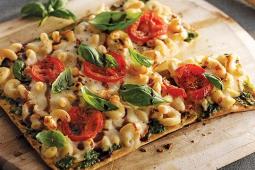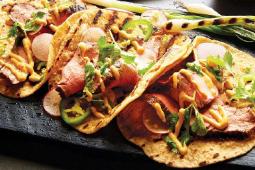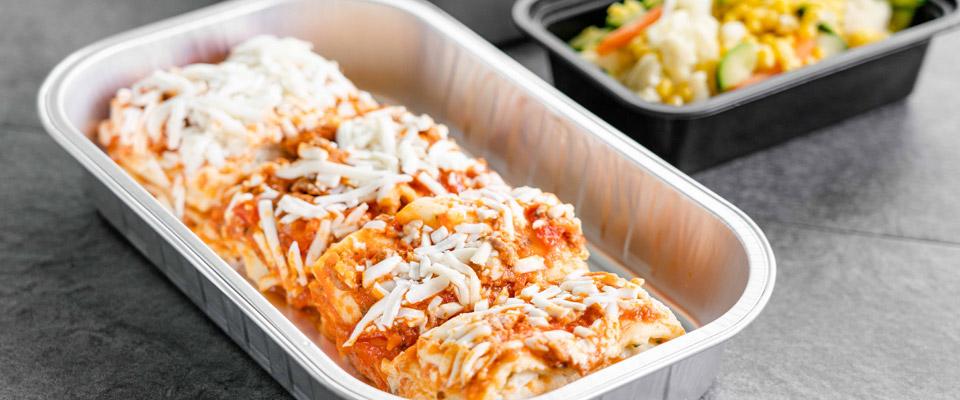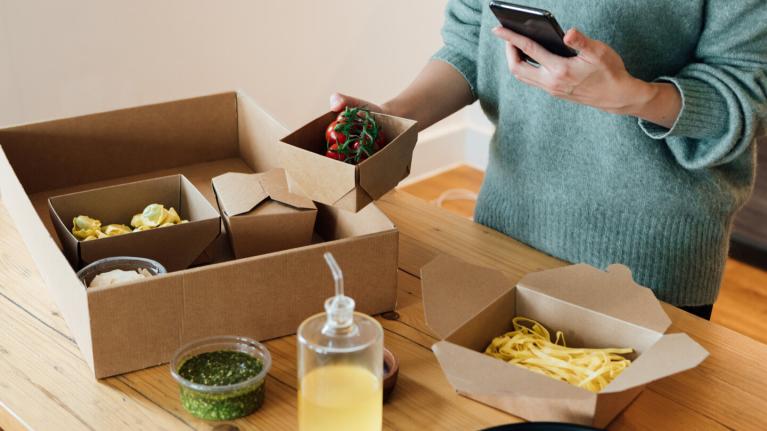
Why Meal Kits Are Good for Your Operation
Make meal kits work for you! Package the ingredients for your signature dishes then let your patrons finish the cooking at home. More sales for you. More yum for them.
Once associated with direct-to-consumer subscription services and supermarket specialty cases, meal kits have become a valuable source of revenue for restaurants and other foodservice establishments. Perhaps that’s why Meal Kits were the second most popular new entrée item added in late 2020, according to Technomic. Meal kits for multiple people are proving especially popular among busy families who want to get lunch and dinner on the table quickly with minimal effort.
In fact, Technomic data reveals that about one-third (34%) of 18- to 34-year-olds are likely to purchase family meal bundles, including meal kits. By offering multiportion kits that feature comfort foods (including items such as sliders, fried chicken, pasta dishes, and pizza) operators can leverage the fact that consumers are continuing to turn to these family favorites—especially when they’re updated to add interest and appeal.
From an operational perspective, meal kits help with cross-utilization and the search for new sales. Ingredients and prep can have multiple applications, while the kits themselves can be promoted across varied dayparts, menu categories, or service modes (including takeout, delivery, and grab-and-go).
In addition, meal kits can put house specialties or other customer favorites in the hands of more patrons, including those who prefer to dine at home rather than on-premise. These DIY meal packages provide a chef-quality experience that helps build and maintain customer loyalty. Pairing the entrée with the diner’s choice of side(s) and an appetizer, dessert, and/or beverage creates a diverse meal kit that builds sales and satisfies any craving.
Many large chains have created meal kits around popular existing menus, such as Blaze Pizza’s DIY Pizza Kits with dough, sauce, and toppings for one, two, or four people; and Lazy Dog’s Backyard BBQ “pantry kit,” which includes steaks, hot dogs and buns, ingredients for a hot dog toppings bar, red potatoes, and coleslaw fixings.
Meal kits also offer an opportunity to innovate. Though known for its sandwiches, last spring Chik-fil-A introduced a Chicken Parmesan meal kit for two, featuring pre-measured and ready-to-heat ingredients (two seasoned, breaded, and pressure-cooked Original Chick-fil-A Chicken filets, marinara sauce, Italian-style cheeses, and creamy garlic and lemon pasta) and an easy, step-by-step recipe to prepare a meal for two in 30 minutes. The kit could also be customized upon request by substituting the Original Chicken filets for Grilled or Spicy filets.
In addition to providing food and beverages, meal kits that include an experience component, such as a theme or shareability, are apt to be more appealing.
-
Add a kit component, such as a salad that can be tossed with dressing or a dessert to reheat and finish, to a larger fully prepared takeout meal package.
-
Curate a full dinner experience with DIY cocktails, multiple courses, wine, and a chef-guided prep video so that customers can enjoy a restaurant-level meal at home.
-
Pack cold cuts, cheeses, and condiments for DIY sandwiches into a returnable picnic basket or branded tote bag for an outdoor adventure.
-
Portion and price meal kits by the person for families, coworkers, groups of friends, and other large orders.
-
Create beverage kits—smoothies, fortified or enhanced juices, and batchable cocktails—for multiple services. For example, a sangria kit could include a bottle of wine, cut fruit and other garnishes, and brandy for a group.
-
Develop one-size-fits-all modular meal kits, such as basic pasta or pizza, that can be customized with various proteins, sauces, and other toppings.
-
Put meal kits in the grab-and-go case along with prepared, ready-to-eat items.
-
Consider family-style breakfast and brunch kits with all the ingredients needed for favorites like pancakes or hash.
-
Add meal kits to online ordering systems to make them more convenient.
-
Be sure to provide clear, easy-to-follow instructions for all meal-kit offerings.
-
Investigate in-house or third-party delivery services or partnering with an online marketplace, in addition to more usual takeout/pickup.
-
Observe all safety protocols including not only sanitation and food safety but also touch-free options like pay-ahead and curbside pickup.
Sources: Technomic, New Item Trends, U.S., Q3 2020 – Technomic (November 2020); Technomic, August 2020 Off-Premise COVID-19 Menus: Food & Beverage Report
The information provided is based on a general industry overview, and is not specific to your business operation. Each business is unique and decisions related to your business should be made after consultation with appropriate experts.
Meal Kit Demand, by Category:
73% take-and-bake comfort foods
68% build-your-own pizza kits
63% take-and-bake desserts
51% decorate-your-own dessert kits
Source: Datassential, COVID-19 Report 27: Finding Our Way (2020)
